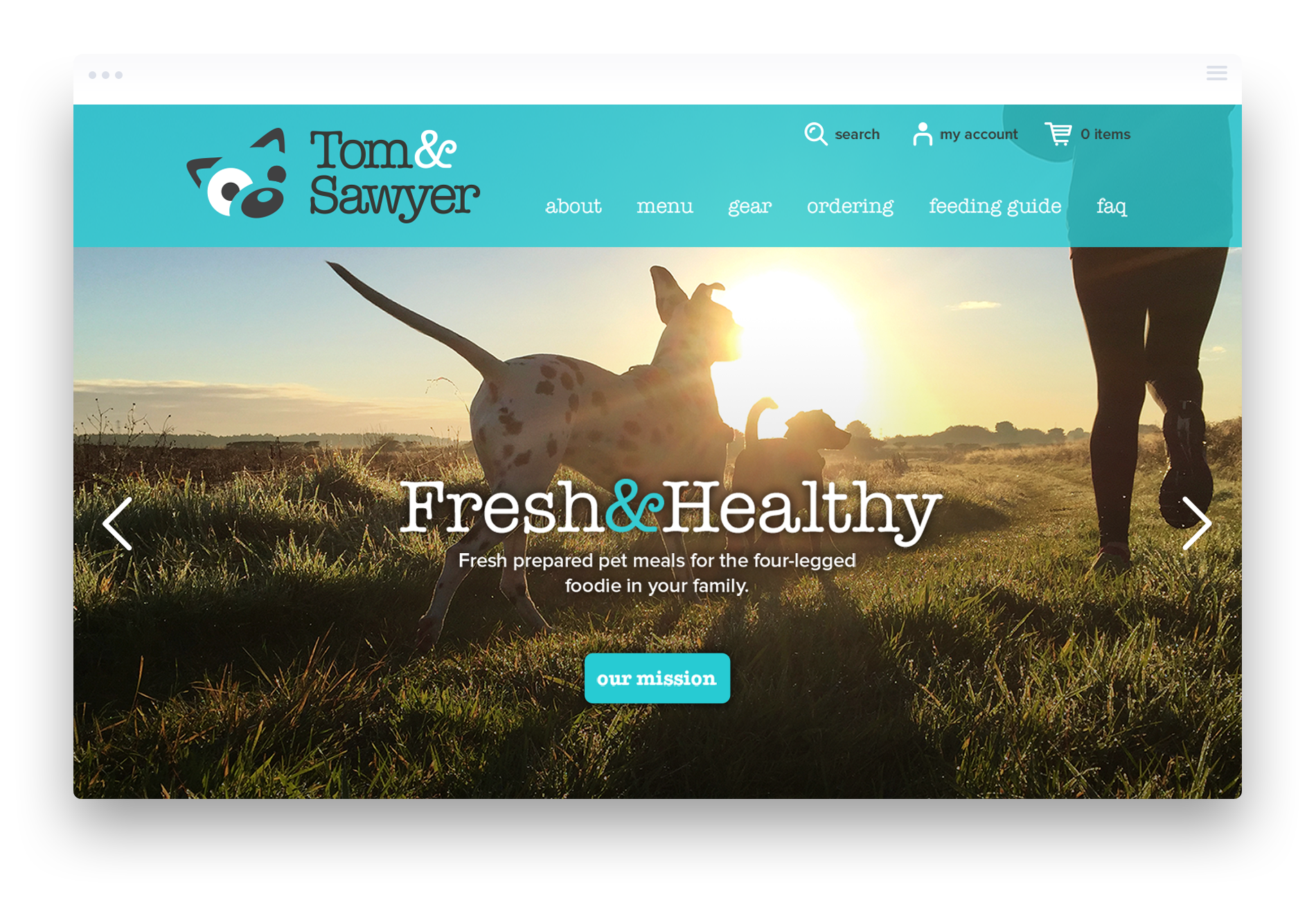Adversely, traditional restaurant owners still seem to be most comfortable with a minimal investment in their digital branding that they can ride out for the next decade or longer. Restaurant website design, in general, is very template driven and slow to evolve. It is painfully common to experience display issues or have trouble navigating food and beverage websites, especially on mobile devices.
With the recent surge in craft food and beverage startups, our Toronto web design company decided to compile our collective web design and UX experience to create a list of best practices for food and beverage web design.
Food and Beverage Website Design Best Practices
Create a Focused Website Design
A common issue we find with food and beverage websites is their lack of focussed design. In many cases, the user interface is over-designed creating general confusion and distraction with viewers. Distractions often include overuse of vibrant colours, textures or interactive elements that do not necessarily offer value to users but instead create somewhat clunky or misguided user experiences.
When a web designer can recognise these common mistakes made within an industry they can provide the necessary guidance early on in the project to address them to deliver a final website design that stands out from the competition and meets or exceeds the business owners goals.
Instead of over-designing food and beverage websites, our professional web designers take a more focused approach from our initial strategy work, through wireframe and interface design. This process ensures that the focus remains solely on the product or experience offered rather than unnecessary design clutter or distractions.
Consider Appetites
A design element that is uniquely sensitive in food and beverage web design is colour choice. Colour plays a vital role in website interface design across all industries; however, when presenting food or beverages to viewers, colour can make or break a sale. For example, a website focused on selling a product that is marketed to be pure and fresh should avoid dull browns or warm colours and instead explore lighter, paler colours like greens and blues.
Texture also plays a significant role in a food and beverage website design. For example, if your business offers an elegant fine dining experience, showcasing a website interface with rough or busy textures can quickly send the wrong message to the view. Instead, you would want to consider soft, smooth elements throughout the digital branding to better convey the experience offered.















